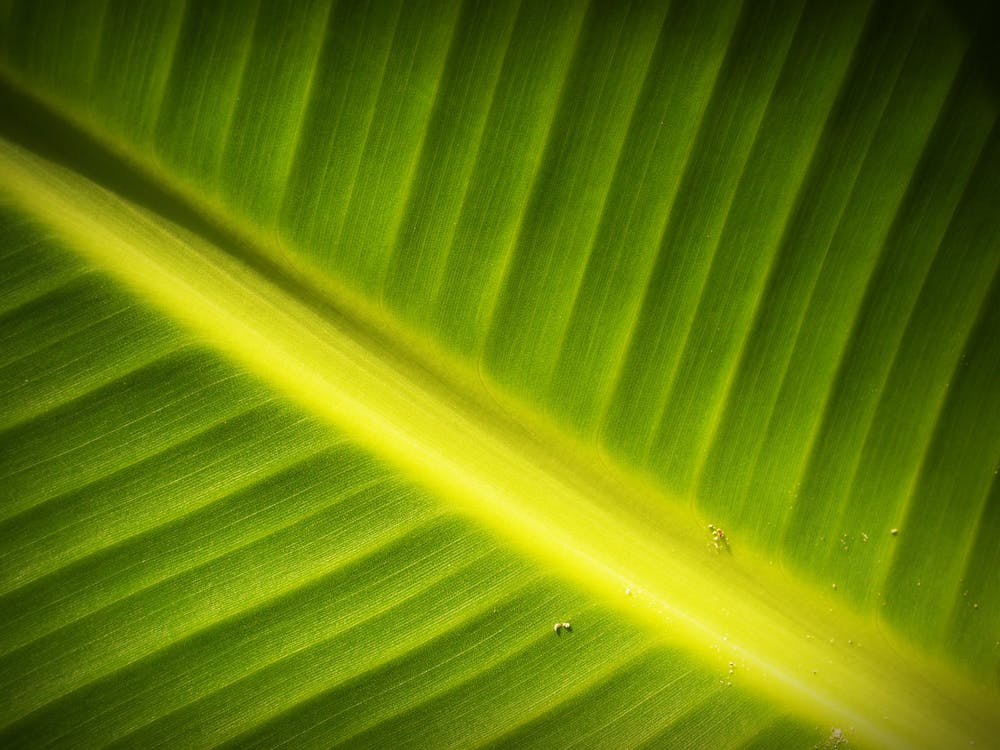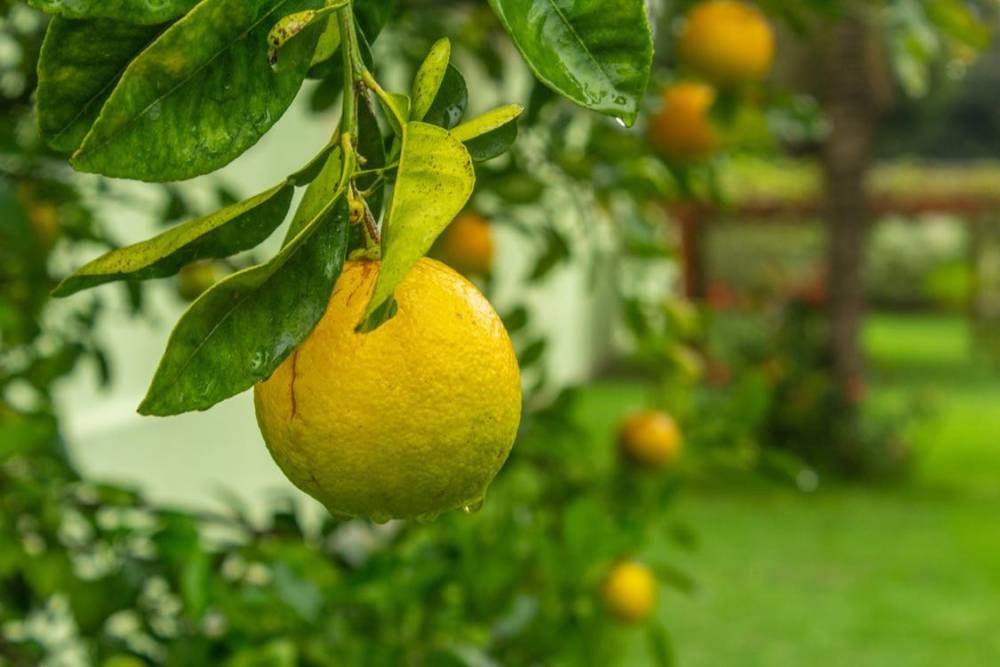
December 30, 2019 Gardening 101
Are the leaves on your plants stunted looking or turning yellow? Are the stems spindly and elongated? Or perhaps there are actual burn holes in the leaves, or they are completely falling off their stems. These are some of the consequences you can experience when your plants are getting either too much light or not enough sunlight or indoor lighting.
No matter what else you do for your plants, you must make sure they get the proper lighting they need to grow into the robust, healthy plants you desire.
Why Proper Lighting Is Critical to Your Plants’ Survival and Well Being

Plants need light, whether from the sun or artificial sources, in order to produce the food that keeps them alive. This is accomplished through a process called photosynthesis. Water from the soil and carbon dioxide or CO2 from the air are also required for photosynthesis to occur. Here’s how it works. Light causes a chemical reaction in the water and C02, producing food in the form of sugars, and expelling oxygen back into the atmosphere.
Plants growing outdoors typically get their C02 needs met. Indoor plants, on the other hand, need a good flow of fresh air coming into the home in order for these plants to get the C02 they need for photosynthesis to take place.
And of course, it’s always important to keep an eye on the soil’s moisture level in order to ensure your plants receive the water they need without the soil becoming water-logged or too dry.
However, the daily amount of proper lighting plants require varies from species to species. Therefore, it’s important to know which plant species are best suited for the environment you plan to grow them in, whether it’s in an outdoor garden, part of your home’s exterior landscape, or indoors.
How Much Proper Lighting Do Your Plants Need?
A number of factors determine the correct amount of proper lighting your plants should be getting. How the species of plant you intend to grow developed in the wild is an excellent indicator of how much light it will need in the more domesticated settings of your home or garden. Another factor to consider is the light the plant was exposed to in the nursery where you purchased it.
Under most circumstances, the amount of light your plant needs to get each day will be categorized at one of three levels of intensity – Full Sun/Bright Light, Medium Light/Light Shade/Dappled Light, and Low Light.
As you assess the locations available to you, keep in mind that a shaded, outdoor spot is still much brighter than your brightest indoor location.
Full Sun/Bright Light

This light level indicates that there should be nothing between the sun or the indoor light and your plant that could cast a shadow on it; it needs to receive the full impact of the sun or artificial light for at least six hours each day. Indoor plants would need to be placed in the brightest spot in the room.
Fruit trees like the Bearss Lime Tree and blooming flowers like the Double Rose Pikake are examples of plants that thrive in this kind of direct light.
Plants that evolved under the hot sun, in desert conditions like the aloe and many succulents, also need a daily dose of full sun or bright indoor light. Cucumbers, peppers, and tomatoes are a few of the vegetables that need a full dose of daily sunlight.
Medium Light/Light Shade/Dappled Light

When direct sunlight coming through a window or outside is obstructed by a source such as a sheer curtain or a tree canopy, a medium level of light is produced. It is the equivalent of two to four hours of full sun/bright light exposure.
Examples of medium-light plants include ferns that evolved on forest floors under the shade of tree canopies. Leaf lettuce, spinach, and kale do well under medium light conditions. And houseplants such as the Diefenbachia and the spider plant prefer this light level as well.
Low Light

The designation “low light” simply means that the plant receives no direct or even filtered sun light due to its distance from the light source.
Fortunately, there’s no need to despair if you don’t get a lot of natural light coming into your home or around its exterior. The snake plant or Sansevieria, one of the easiest plants to grow and maintain both indoors and out, can exist under low-light conditions without suffering any ill effects. Phalaenopsis Orchids also do well when light levels are low.
Artificial lighting is also an option when little to no direct sunlight comes into your home. So you can still enjoy that light-loving indoor plant you have your heart set.
Lighting Tips for Your Indoor and Outdoor Plants*

Here are some tips to ensure your plants get their daily light requirements met.
- Assess the light available to the environment(s) your plants will be growing in.
- Do some research to determine which plants are best suited for the level of light you are able to provide them.
- The growing conditions at Ko’olau Farmers can also be an indicator of a plant’s light requirements. If you’re not sure, ask nursery staff. They will be able to tell you if the light conditions at the nursery of the plant you want to purchase are optimal for its growth and development so that you can reproduce them at home.
- When using artificial lighting, avoid using incandescent light bulbs as they generate too much heat and may burn your plants. Florescent grow light bulbs and tubes, on the other hand, produce an excellent amount of light without the excessive heat.
- You may have to experiment with different indoor and outdoor locations and types of artificial lighting before you find the best light environment for your plants.
Still have questions about the proper lighting needs of a plant you want to grow? Get them answered by contacting or visiting a Ko’olau Farmers near you.
*These Lighting Tips are general in nature. Environments and conditions vary. For specific advice on your growing environment, talk to one of our specialists at a Ko’olau Farmers near you.
